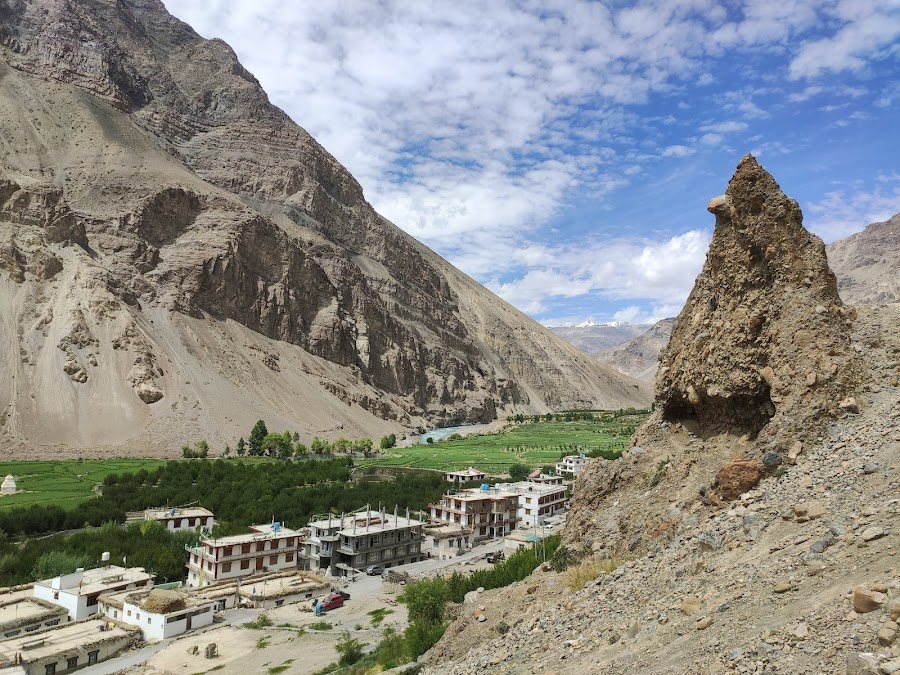
Tabo Monastery
Spiti Valley, India
- Attend a Buddhist prayer ceremony.
- Explore the ancient temples and murals.
- Interact with the local monks.
- Meditate in the serene environment.
- Photography of the unique architecture.
- Visit the monastery's museum.
Known for:
Description:
Tabo Monastery, founded in 996 CE in the Tabo village of Spiti Valley, Himachal Pradesh, is one of the oldest continuously operating Buddhist monasteries in India and the Himalayas. Often referred to as the 'Ajanta of the Himalayas', it's renowned for its exquisite murals, stucco sculptures, and ancient scriptures that reflect a unique blend of Indian, Tibetan, and Central Asian artistic styles. The monastery complex houses nine temples, four stupas, and cave shrines, offering visitors a glimpse into the rich cultural and religious heritage of the region. The serene atmosphere and stunning views make it a must-visit destination for those seeking spiritual solace and historical exploration.
History:
Founded by the Tibetan Buddhist Lotsawa Rinchen Zangpo in 996 CE, Tabo Monastery served as a crucial center for Buddhist learning and dissemination in the trans-Himalayan region. Rinchen Zangpo, a renowned translator and scholar, oversaw the construction of the monastery with the patronage of the Guge kingdom. Over the centuries, Tabo Monastery has undergone several renovations and expansions, with additions made by various rulers and religious figures. Despite facing natural disasters and political upheavals, the monastery has managed to preserve its ancient art and scriptures, providing valuable insights into the evolution of Buddhist art and philosophy in the Himalayas. Today, it stands as a testament to the enduring legacy of Tibetan Buddhism and its cultural influence in the region.